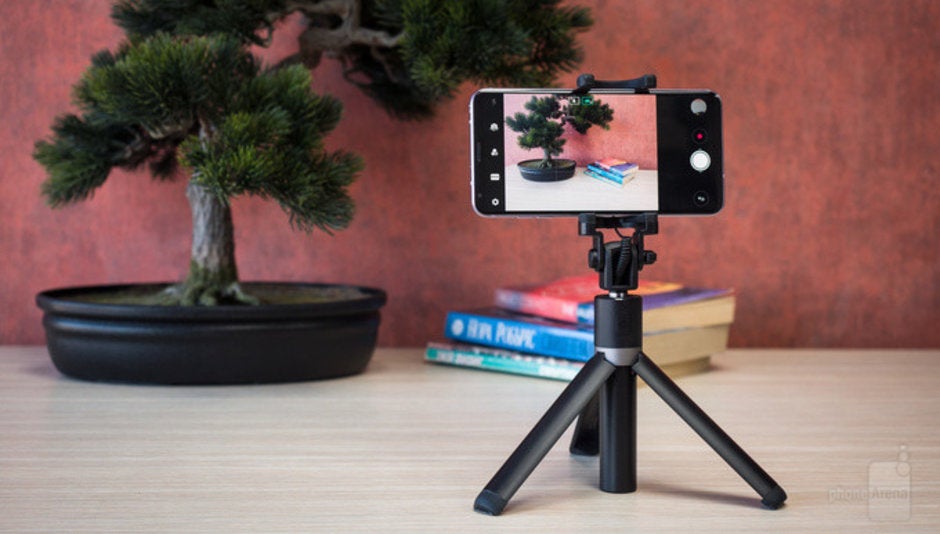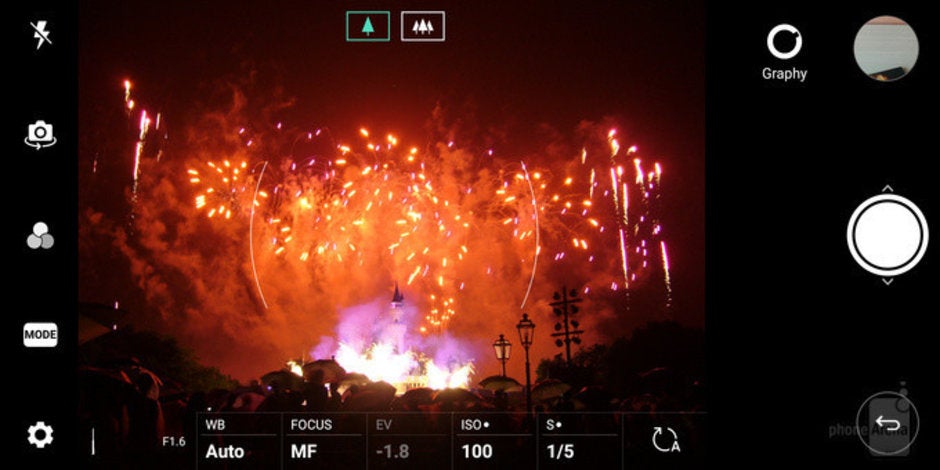How to take photos of fireworks with a smartphone camera (iPhone and Android tutorial)
Being a photographer in the late 19th century was a job much more dangerous than one might think. Dealing with chemicals was heavily involved, the most spectacular of them being flash powder – the kind of stuff that was lit to illuminate low-light scenes, as you might have seen in movies from the silent era. And by "lit" we mean that the substance was literally set on fire, which resulted in a loud bang, a cloud of smoke, and a bright, fiery explosion. Flash powder is still in use today, but you'll only find it in fireworks.
Speaking of fireworks, they can be really tricky to photograph: timing, location, and framing are all factors of importance, not to mention that you're only going to observe such a spectacle at night, when light is scarce. On the other hand, the results could be quite impressive if you follow a few simple guidelines.
Step #1: Setting up shop
First and foremost, consider spending some time to examine your surroundings. Find out where the fireworks are going to be launched from, and think of a location from which you'd be able to capture them well. In a best-case scenario, you'd be able to include both the fireworks and some scenery or landmarks for context in a single frame. For example, I was lucky enough to capture the image on the left at Disneyland, while the photo on the right was shot from the beach across the port.
To take a good photo of fireworks, you'll need to keep your camera as still as possible. This is where a smartphone tripod would come in handy; in fact, I used one when taking the photo above. If you don't have one, think of something that you can rest your phone against so that it doesn't shake. Movement that occurs while the camera is taking the photo may produce motion blur, especially on phones without image stabilization.

Huawei has this nifty selfie stick that turns into a tripod
Step #2: Configuring the camera
At this point you have two options: you can point your camera at the fireworks and start mashing the shutter button hoping for the best, or enter your manual mode and tweak the settings for optimum results. Should you choose the latter route, here are the values you need to set:
- Shutter speed: This setting determines the time period over which your camera captures light. The longer the shutter stays "open", the more light goes into the camera and the longer the fireworks' trails will be. A value between 1/8 and 1/2 of a second should produce good results.
- ISO: This figure determines the sensitivity setting of your sensor. A higher value makes the sensor more sensitive to light, but also more susceptible to digital noise. When photographing fireworks, a value between 100 and 200 should do. The ideal setting will vary from one camera to another due to differences in aperture sizes.
- Focus: You'll have to figure this one on your own. Maybe your camera will be able to focus automatically, but if it tends to fail, set it yourself to a position that looks best on the screen. Chances are that a value close to infinity would work just fine.
- White balance: In this case, using an automatic setting would be okay.
- Flash: Nope, you don't need a flash so just turn it off.

We hope you're comfortable working with your phone's manual camera controls
iPhone owners, your phone's default camera app doesn't offer much in terms of manual camera settings, so consider installing a third-party camera app that does. Or if you don't feel like spending money on one, just stick to the stock camera app. You can use its burst capture feature (hold down the shutter button) to take a series of photos and then pick the best of the bunch. You may also hold your finger on the screen to lock the focus and exposure (look for a yellow AF LOCK sign) in a state that looks good on the screen.
Step #3: Taking the photo
When photographing fireworks, timing can make the difference between an epic shot and a disaster of darkness. Ideally, you want to press the shutter right before the burst. This will capture pretty colorful light trails as the ball expands. You might need to tweak the shutter speed since some fireworks travel slower or faster than others.
Don't forget that you need to keep your camera as steady as possible. Consider using the camera's timer feature to set a delay. This will eliminate the chance of you shaking the camera by accident when pressing the shutter button. On the other hand, you'll have less control over the timing of your photos. Keep in mind that some cameras will add a small shutter lag automatically to prevent shaky blur from happening.
It is also important to take many photos. At least a few of them are going to turn out awesome!
Step #4: Forget everything and enjoy the show
Let's not forget that fireworks are to be observed, to be enjoyed, to be admired. It's not every day that we witness such a spectacle, so please, please don't forget to watch the light show as well, especially if you're in the company of a special someone. Perhaps it is best if you take a few shots in the beginning, then put that camera down and feast on the bursts of colors. If your photos turn out great, then let us know in the comments! If they don't, well, there's always next year.









Things that are NOT allowed: